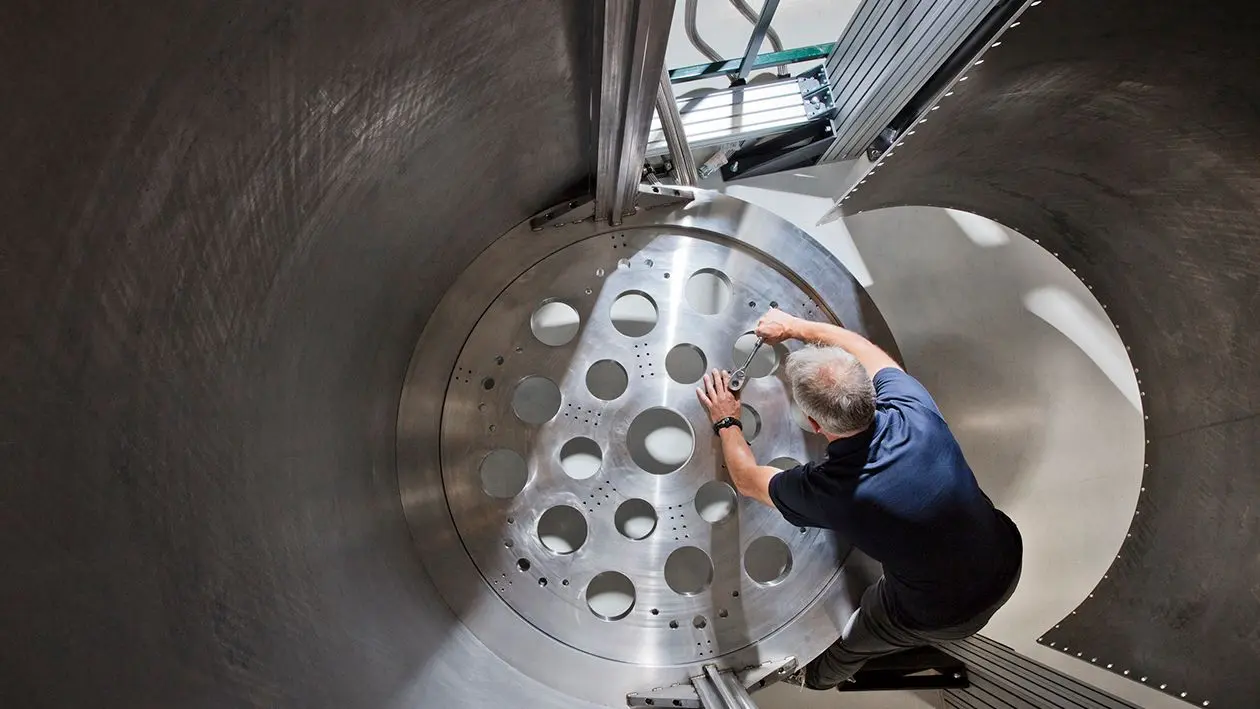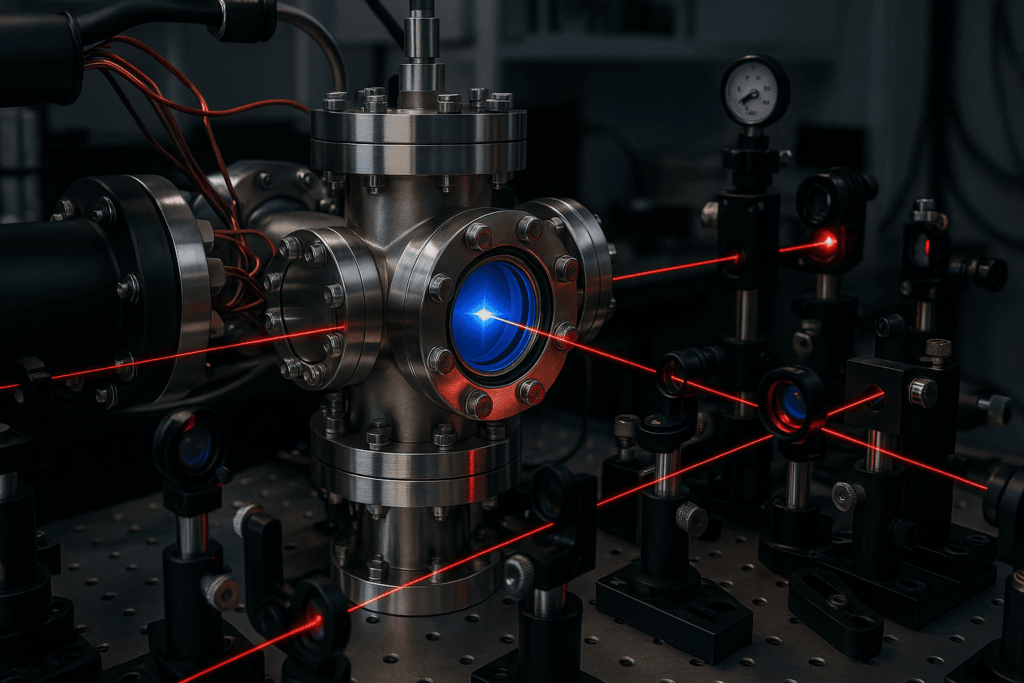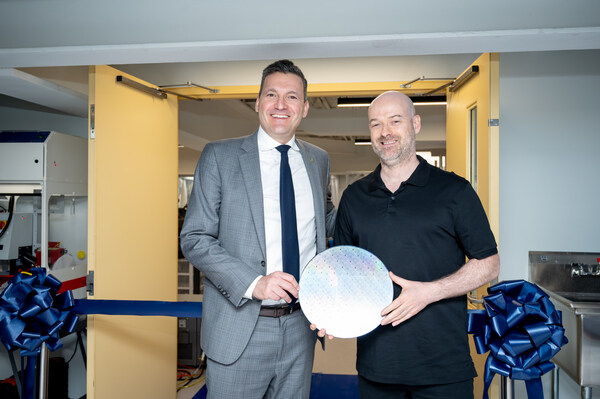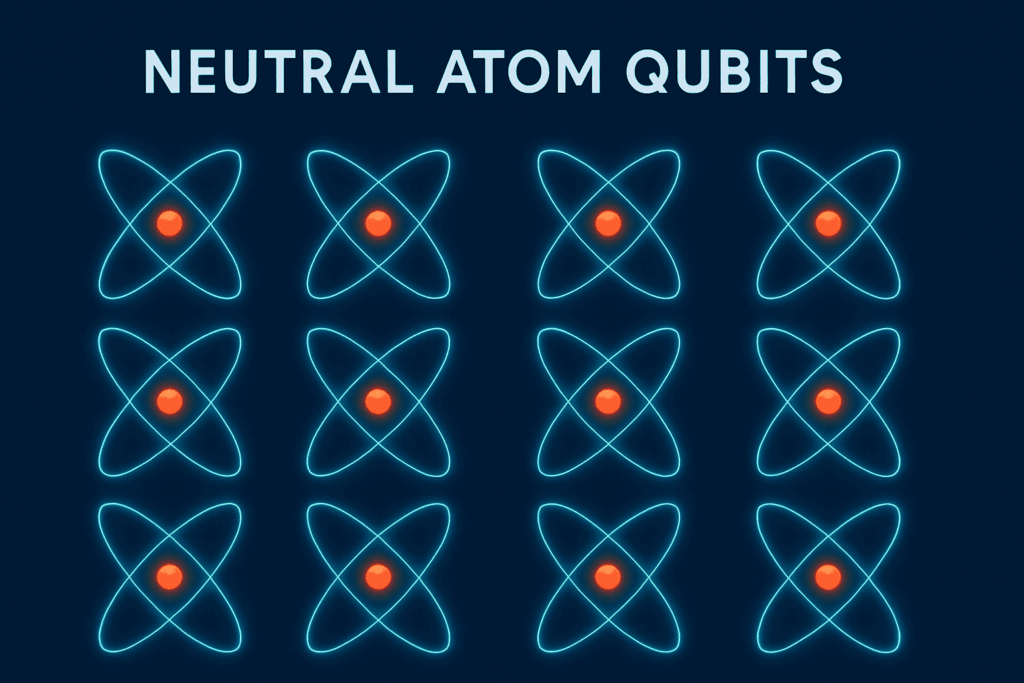Insider Brief
- IBM build Goldeneye, a super-fridge that is a proof-of-concept for a dilution refrigerator capable of cooling future generations of quantum experiments.
- The super-fridge contains 1.7 cubic meters’ worth of experimental volume. Previous fridges are in the range of 0.4-0.7 cubic meters.
- IBM researchers say they built it because: “We create knowledge by exploring reality’s frontiers: we study the coldest, the furthest, the lowest and highest energies, and the smallest things in the universe.”
- Image Credit: Connie Zhou for IBM
Can you imagine the size of the light bulb for this thing?
IBM researchers report in a team blog post they created the world’s largest dilution refrigerator — by experimental volume — designed for deep science projects, like quantum computing. It’s a proof-of-concept super-fridge, which the team nicknamed “Goldeneye,” and the researchers are hoping it may one day handle some of the most precise scientific explorations that have ever been conceptualized.

The super-fridge contains 1.7 cubic meters’ worth of experimental volume. That size could cool a volume larger than three home kitchen refrigerators to temperatures colder than the outer space, according to the post. Previous fridges are in the range of 0.4-0.7 cubic meters.
Because studying and controlling quantum effects requires temperatures where those effects can be best seen and measured, most quantum experiments — and running quantum processors such as the ones IBM has designed — need to take place in incredibly cold environments. Creating and preserving these conditions — where temperatures are so low that there is almost zero energy — is an imaginably precise and complex operation.
The post, written by Pat Gumann and Jerry Chow, states: “We create knowledge by exploring reality’s frontiers: we study the coldest, the furthest, the lowest and highest energies, and the smallest things in the universe. But reaching these frontiers is no small feat — typically, it requires building all-new apparatuses that push the limits of modern technology. That’s why we built the world’s largest dilution refrigerator by experimental volume.”
IBM is building the device to learn how to overcome certain restrictions of today’s dilution refrigerators, according to the post.
“We create knowledge by exploring reality’s frontiers: we study the coldest, the furthest, the lowest and highest energies, and the smallest things in the universe.”
“Today’s dilution refrigerators are limited in a number of ways: the size of the quantum physics experiments we can fit inside them; the number of input/output ports; their cooling power,” the researchers write.
The payoff might not come today and the researchers indicate Goldeneye isn’t ready for IBM’s current quantum processors but building it taught us important lessons on how to overcome these challenges.
Dilution refrigerators cool a space volume to the milli-Kelvin (mK) regime, using a mixture of two helium isotopes, called helium-3 (He-3) and helium-4 (He-4).
“The design is modular, which made prototyping, assembly, and disassembly a much easier lift for just a team of four IBM engineers. Other large dilution refrigerators may require larger cranes and a dozen or more technicians for assembly and disassembly.”
The researchers explain Goldeneye’s unique design:
“Project Goldeneye features an all-new construction of the frame and cryostat — the main, barrel-shaped component responsible for the cooling — to maximize experimental volume while reducing noise and achieving the temperatures required for cooling experimental quantum hardware. The design is modular, which made prototyping, assembly, and disassembly a much easier lift for just a team of four IBM engineers. Other large dilution refrigerators may require larger cranes and a dozen or more technicians for assembly and disassembly.
“The cryostat also features a clamshell design, allowing the outer vacuum chamber to open sideways and eliminating the need to remove the entire external shell to access the hardware inside. Most dilution refrigerators in use today require a team of operators to function properly, but Goldeneye’s fully automated system includes a specially designed jib crane that could one day allow even a single person to run the fridge — which can be monitored remotely with the help of an open-source visualization platform.”
“It would require 10 times the lab space to deploy equivalent hardware in today’s state-of-the-art fridges.”
The device works, too. The researchers performed one final characterization exercise by placing a qubit chip inside the device.
According to the post: “This test demonstrated the performance of Goldeneye through the eyes of a qubit by measuring qubit frequencies and coherence times — how long they can retain quantum information. We were able to reproduce coherence times of around 450 microseconds, similar to those measured on other commercial dilution refrigeration systems. We did not observe a decrease in the qubit’s performance despite the different internal environment and much larger experimental volume.”
Goldeneye might be big, but it’s efficient, requiring less space than present-day, large-scale dilution refrigerators in order to accommodate an equivalent amount of quantum hardware.
“It would require 10 times the lab space to deploy equivalent hardware in today’s state-of-the-art fridges,” the team writes.
The team credits IBM teamwork and scientific passion for creating Goldeneye.
“Goldeneye is a testament to the fact that a small team of people armed with passion and dedication can move a seven-ton “mountain” of steel and electronics,” the researchers write.
If you found this article to be informative, you can explore more current quantum news here, exclusives, interviews, and podcasts.

















